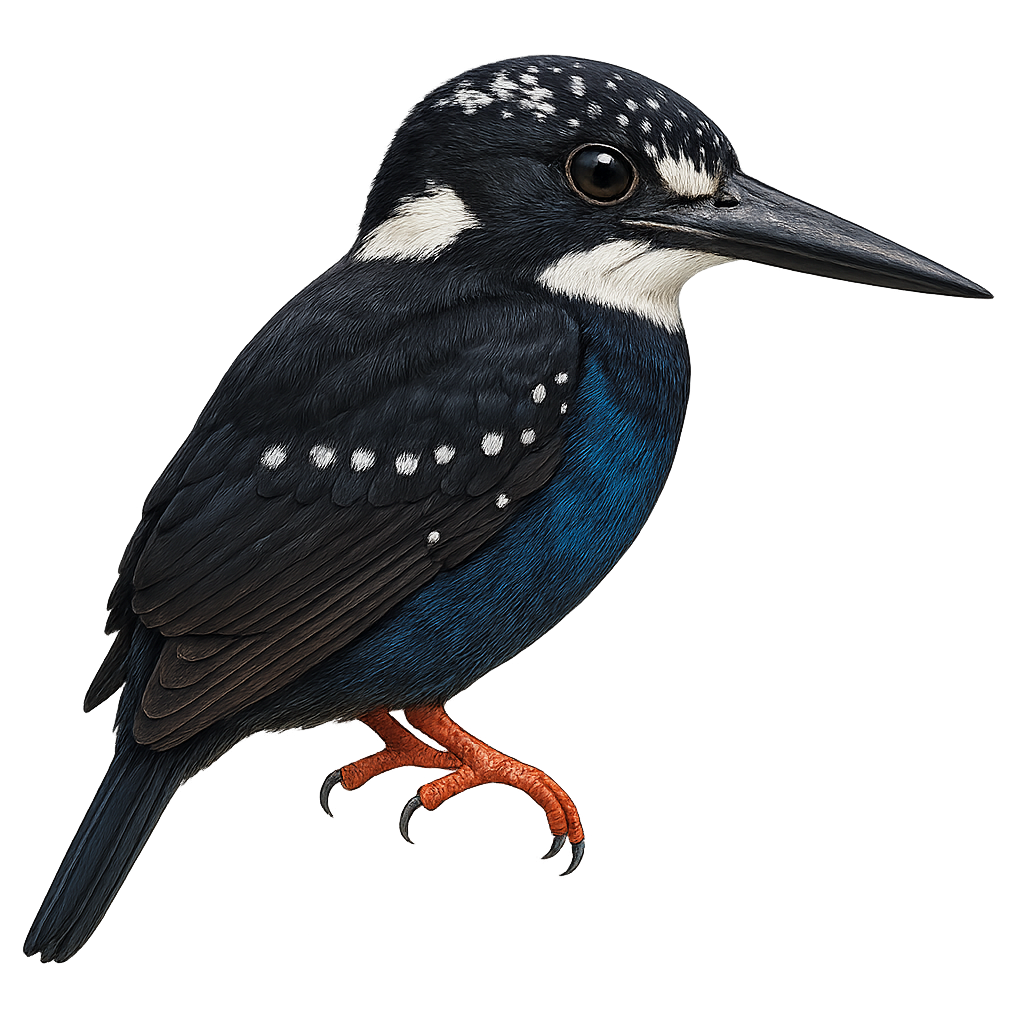Your wildlife photography guide.
Explore the southern silvery kingfisher in detail, study its behavior, prepare your shots.
Where to observe and photograph the southern silvery kingfisher in the wild
Learn where and when to spot the southern silvery kingfisher in the wild, how to identify the species based on distinctive features, and what natural environments it inhabits. The WildlifePhotographer app offers tailored photography tips that reflect the southern silvery kingfisher’s behavior, helping you capture better wildlife images. Explore the full species profile for key information including description, habitat, active periods, and approach techniques.
Southern Silvery Kingfisher
Scientific name: Ceyx argentatus

IUCN Status: Vulnerable
Family: ALCEDINIDAE
Group: Birds
Sensitivity to human approach: Suspicious
Minimum approach distance: 10 m
Courtship display: March to April
Incubation: 20-22 jours
Hatchings: March to May
Habitat:
Tropical rainforests, rivers, streams
Activity period :
Primarily active during the day, with peak activity in the morning and late afternoon.
Identification and description:
The Southern Silvery Kingfisher, Ceyx argentatus, is a small bird endemic to the Philippines. It is distinguished by its striking plumage, with a metallic blue back and silvery white belly. Its head is adorned with black and white markings, and it has a bright red bill. It primarily inhabits tropical rainforests, often near rivers and streams where it hunts small fish and aquatic insects. Although discreet, it is sometimes observed diving skillfully to catch its prey. Its population is threatened by deforestation and habitat degradation, making it a vulnerable species.
Recommended lens:
400mm – adjust based on distance, desired framing (portrait or habitat), and approach conditions.
Photography tips:
To photograph the Southern Silvery Kingfisher, it is advisable to use a telephoto lens of at least 400mm to capture detailed images from a distance without disturbing the bird. Look for areas near water where it is likely to hunt. Be patient and discreet, as this bird is suspicious. Use a tripod to stabilize your camera and wait for the right moment to capture its spectacular dive. The natural light of the morning or afternoon is ideal to highlight the bright colors of its plumage.
The WildlifePhotographer App is coming soon!
Be the first to explore the best nature spots, track rutting seasons, log your observations, and observe more wildlife.
Already 1 439 wildlife lovers subscribed worldwide

